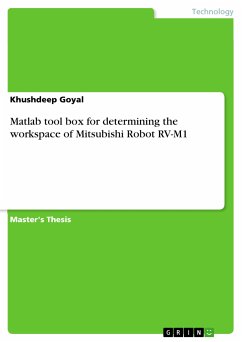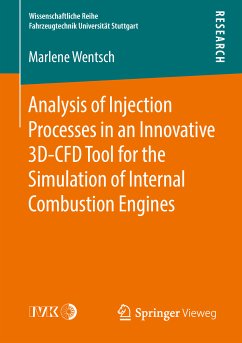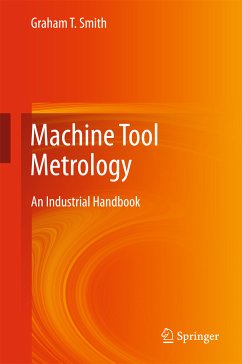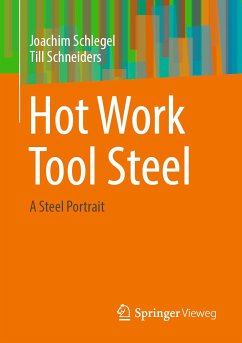
Matlab tool box for determining the workspace of Mitsubishi Robot RV-M1 (eBook, PDF)
Versandkostenfrei!
Sofort per Download lieferbar
36,99 €
inkl. MwSt.

PAYBACK Punkte
0 °P sammeln!
Master's Thesis from the year 2002 in the subject Engineering - Mechanical Engineering, , language: English, abstract: The workspace of RV-M1 Mitsubishi Robot is determined by an analytical method. The method is applicable to kinematic chains that can be modeled using the Denavit-Hartenberg representation for serial kinematic chains. This method is based upon analytical criteria for determining singular behavior of the mechanism. By manipulating the Jacobian of the robot by the row rank deficiency condition, the singularities are computed. Then these singularities are substituted into the cons...
Master's Thesis from the year 2002 in the subject Engineering - Mechanical Engineering, , language: English, abstract: The workspace of RV-M1 Mitsubishi Robot is determined by an analytical method. The method is applicable to kinematic chains that can be modeled using the Denavit-Hartenberg representation for serial kinematic chains. This method is based upon analytical criteria for determining singular behavior of the mechanism. By manipulating the Jacobian of the robot by the row rank deficiency condition, the singularities are computed. Then these singularities are substituted into the constraint equations to parameterize singular surfaces. The boundary conditions of the joints are substituted to obtain the other set of singularities. These singularities are substituted in the wrist vector to obtain the range of motion of the robot wrist in three dimensional space, which is the workspace of the Mitsubishi Robot RV-M1. These singularities are plotted in Matlab to develop all the surfaces enveloping the workspace of the Robot. The toolbox developed also shows three dimensional view of the workspace, front view, and top view of the workspace. The utility of the workspace development is shown through a case study, in which, Robot wrist range is determined at different heights of Machine bed, for integration of Robot RV-M1 and VMC Machine. A loading and unloading application of the VMC Machine by the Robot can be planned using this data. This application is simulated using the developed toolbox.
Dieser Download kann aus rechtlichen Gründen nur mit Rechnungsadresse in A, B, BG, CY, CZ, D, DK, EW, E, FIN, F, GR, HR, H, IRL, I, LT, L, LR, M, NL, PL, P, R, S, SLO, SK ausgeliefert werden.













